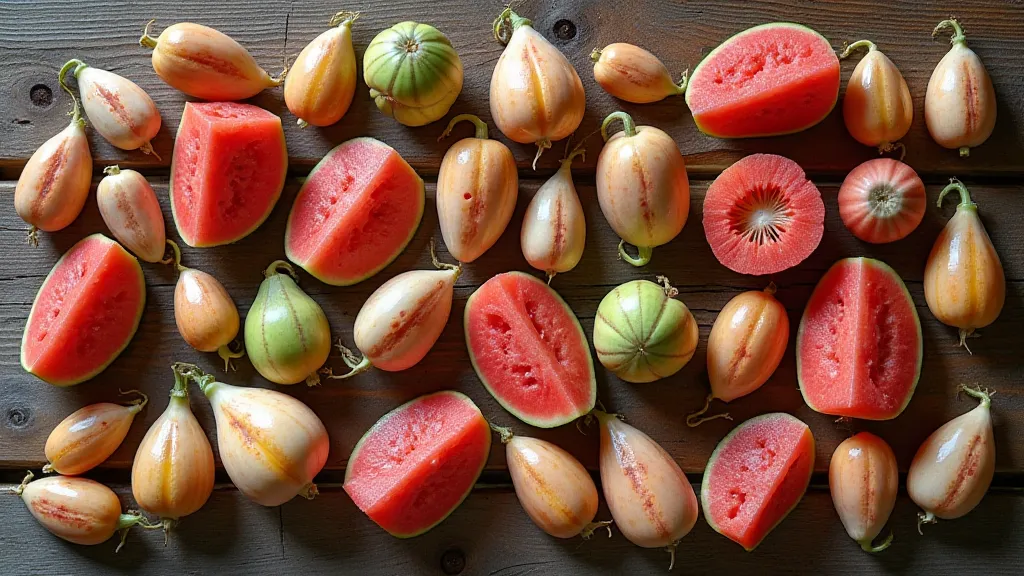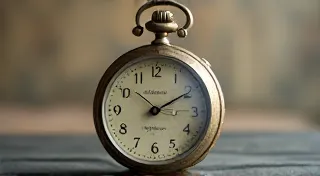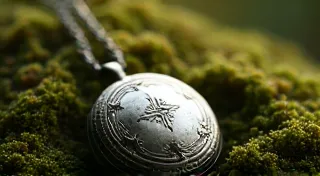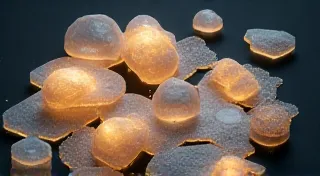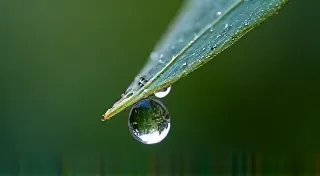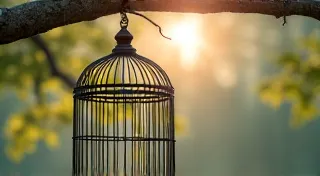Crimson Echoes: Unearthing the History of Forgotten Watermelon Varieties
The scent of a watermelon, ripe and bursting with sweetness, is undeniably evocative. It conjures memories of summer days, picnics under the sun, and the easy laughter of shared moments. But what if those watermelons weren’t the uniform, perfectly round globes we’ve grown accustomed to? What if they were striped, blotched, long, and oddly shaped, each telling a silent story of a bygone era? That’s the world of heirloom watermelons, and exploring them is like tuning into a bittersweet ballad of agricultural heritage, a poignant echo of a time when taste and tradition reigned supreme.
I remember my grandfather, a man of few words but infinite wisdom, telling me stories of his childhood on a small farm in rural Georgia. He described watermelons that were vastly different from the ones available in supermarkets today – enormous, oddly patterned behemoths that required two or three people to carry. He’s gone now, but those stories, and the faint scent of sun-warmed melon that always seemed to cling to his work clothes, remain vivid. They sparked a fascination, a yearning to connect with that lost world of heirloom varieties.

The Silent Language of Seeds
For centuries, watermelons weren’t simply about hydration and sweetness; they were cultural touchstones, symbols of abundance, and even currencies in some communities. The varieties we now consider “heirloom” – defined as being passed down for at least 50 years – represent a tapestry of these traditions. Unlike modern hybrids, bred for uniformity and shelf life, heirloom watermelons are open-pollinated, meaning their seeds reliably produce plants identical to the parent. This characteristic is key to preserving their unique characteristics and the stories they carry.
Consider the ‘Black Diamond’ watermelon, originating from Missouri in the 1840s. Its deep, near-black rind and intense sweetness made it a prized delicacy. Or the ‘Speckled Charleston,’ a striking beauty with a mottled green and brown rind and vibrant red flesh, grown extensively in the South for generations. Each variety represents a specific adaptation to a region, a unique response to soil, climate, and the preferences of local farmers and families. They’re not just fruits; they’re living archives, whispering tales of ingenuity, resilience, and a profound connection to the land.
The Rise of Uniformity and the Fall of Diversity
The mid-20th century brought a seismic shift in agriculture. The drive for efficiency, coupled with advances in hybridization, led to a focus on standardized crops. Watermelons were no exception. Uniform shape, consistent size, disease resistance, and long shelf life became the priorities. The quirky, irregular, and intensely flavorful heirloom varieties, deemed “unmarketable,” began to disappear from grocery store shelves and family farms alike. It was a pragmatic choice, perhaps, but one that came at a significant cost – the loss of biodiversity and the erasure of a rich agricultural heritage.
This trend mirrors a broader cultural phenomenon. Think of antique accordions – beautifully crafted instruments, each with its own unique voice and history. As mass-produced alternatives became more readily available, the skills needed to build and maintain them dwindled, and many of these magnificent instruments fell into disrepair or were simply discarded. The story of heirloom watermelons is remarkably similar: a gradual decline in appreciation for the handmade, the unique, and the deeply rooted in tradition.
Resurrecting the Echoes: Growing Your Own Heirlooms
Thankfully, a resurgence of interest in heirloom varieties is underway, fueled by a desire for authentic flavors, a renewed appreciation for biodiversity, and a yearning to connect with our agricultural past. Growing your own heirloom watermelons is a surprisingly rewarding experience, a tangible way to participate in this revival.
While the seeds themselves can be sourced from various online retailers specializing in heirloom varieties, finding good soil and ample sunlight is key. Heirloom watermelons, often larger than their hybrid counterparts, require more space to sprawl. Consider the size of your garden and the root system of the chosen variety. Consistent watering and fertilization are crucial, especially during the flowering and fruiting stages.
There’s a certain romance in tending to these old-fashioned fruits, in nurturing a connection to the generations who came before. The anticipation of that first bite, the explosion of flavor on your tongue, the knowledge that you’ve resurrected a piece of history – these are the rewards that make the effort worthwhile.

More Than Just a Fruit: A Connection to the Past
The preservation of heirloom watermelons is more than just about saving a few tasty fruits; it’s about safeguarding a piece of our cultural heritage. It’s about celebrating the ingenuity of past generations, honoring their connection to the land, and ensuring that the stories embedded within those seeds continue to be told. It's a way to reconnect with a slower pace of life, a time when quality and tradition were valued above all else. Just as restoring an antique accordion brings a piece of musical history back to life, growing heirloom watermelons allows us to taste, to experience, and to remember a world that might otherwise be lost.
The next time you bite into a slice of watermelon, take a moment to consider its origins. Imagine the hands that planted the seeds, the families who harvested the fruits, and the stories that have been passed down through generations. And if you’re feeling inspired, perhaps consider planting your own heirloom watermelon – a small act of preservation that can yield a bounty of flavor and a profound connection to the past. The echoes of those forgotten varieties are still there, waiting to be rediscovered.
